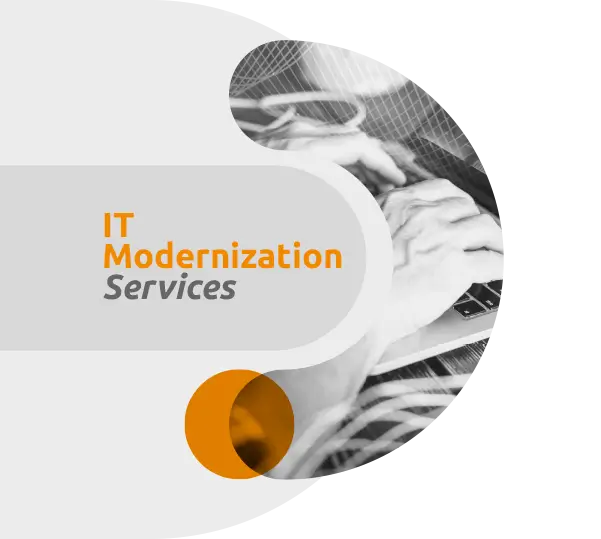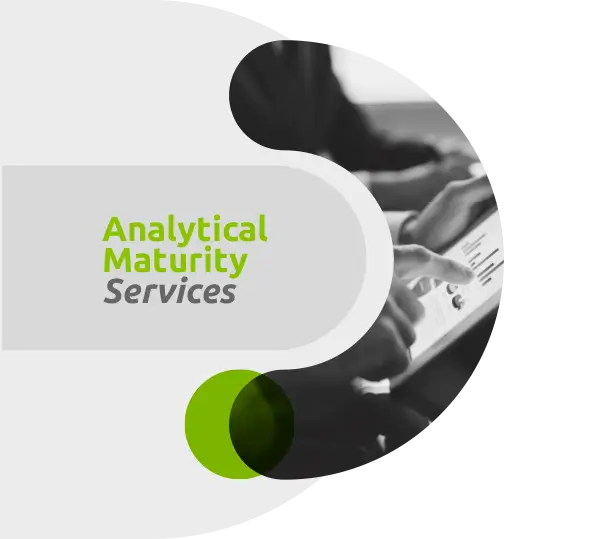





We support companies in the process of enabling and integrating technologies based on modern architectures to reduce costs and shorten delivery times.

- Enabling containerization technologies in hybrid infrastructure.
- Deploying products on containerized platforms.
- Developing offerings on containerization platforms.
- Architecting and enabling DevOps workflows.
- Designing architecture and implementing Infrastructure as Code (IaC).
- Cloud service migration.
- Reducing operational and repetitive task execution time by up to 99%, such as backups, DevOps workflows, among others.
- Annual savings of up to 8% in cloud infrastructure billing.
- Reducing compliance risks, such as SOX, for example.
- Flexibility for standard deployments in hybrid infrastructure through IaC.
- Flexibility for standard configurations in hybrid infrastructure through CaC.
- Assessment of DevOps technical maturity.
- Technical support in DevOps adoption.
- Architecting and implementing CI/CD workflows.
- Administration and Support of community DevOps tools or Azure.
- DevOps pipeline as a service.
- Training.
- Monitoring of network and IT infrastructure components.
- Cost control by indexing data from other information systems.
- Financial optimization by reducing times in billing generation or work order cuts by integrating support documents into workflows.
- Greater efficiency in process verification or audits by integrating information systems with digitized third-party documents.
- Immediacy and security in document legalization processes by being able to sign remotely in a workflow.
- Reduced time by automating the receipt of electronic invoices.
- Digital generation of forms and their linkage in workflows for operational processes.

We support organizations in achieving optimal states in their analytics processes by collecting, analyzing, and adding value to data, through building solutions to business problems that facilitate growth, efficiency, and innovation.

- Data Engineering Services, focused on extracting data from multiple types of information sources
- Data Engineering Services, focused on centralizing and storing data.
- Data Engineering Services, focused on data transformation in terms of quality, enrichment, and data cleansing.
- Creation of reports and dashboards through descriptive analysis.
- Descriptive analytics solutions aimed at solving business problems and optimizing operations
- Transactional traceability of business processes in different information systems for compliance.
- Management visibility of capacities and resources by correlating their demand to project growth.
- Proactive monitoring of business operations.
- Capability for timely decisions based on transactional data in an agile, simple, and intuitive way, correlating different sources of information.
- Identification of atypical behaviors for a better understanding of business processes.
- Analysis of SAP security and IT operations
- Quality assurance of information to ensure compliance with regulations.
- Risk reduction in different information systems by visualizing their usage.
- Database audit.
- Demand planning and forecasting as a service.
- Reports and financial statements as a service.
- Creation of artificial intelligence-based bots.
- Creation of recommendation and classification models based on Machine Learning.
- Creation of predictive models based on Machine Learning.
- Analytical capabilities services
- Analytical capabilities services focused on security.
- Demand planning and forecasting as a service.
- Solution to integrate and centralize diverse data sources in organizations, consolidating them into a single source that provides reliable and timely information for decision-making.
- Cloud-oriented solution (AWS): This allows scaling resources according to the specific needs of the solution.
- Short implementation and deployment times, less than a week
- Single source of data: Aimed at consolidating a single source of information through the implementation of a Data Lake and a Data Warehouse.
- Saving money in the production process by optimizing the actual blend of raw materials and improving product quality.
- Compliance with quality regulations in production.
- Visibility of equipment consumption and wear.
- Monitoring the behavior of the most relevant equipment for the process.
- Acting in the physical process from the digital process based on the analytics of the collected data.
